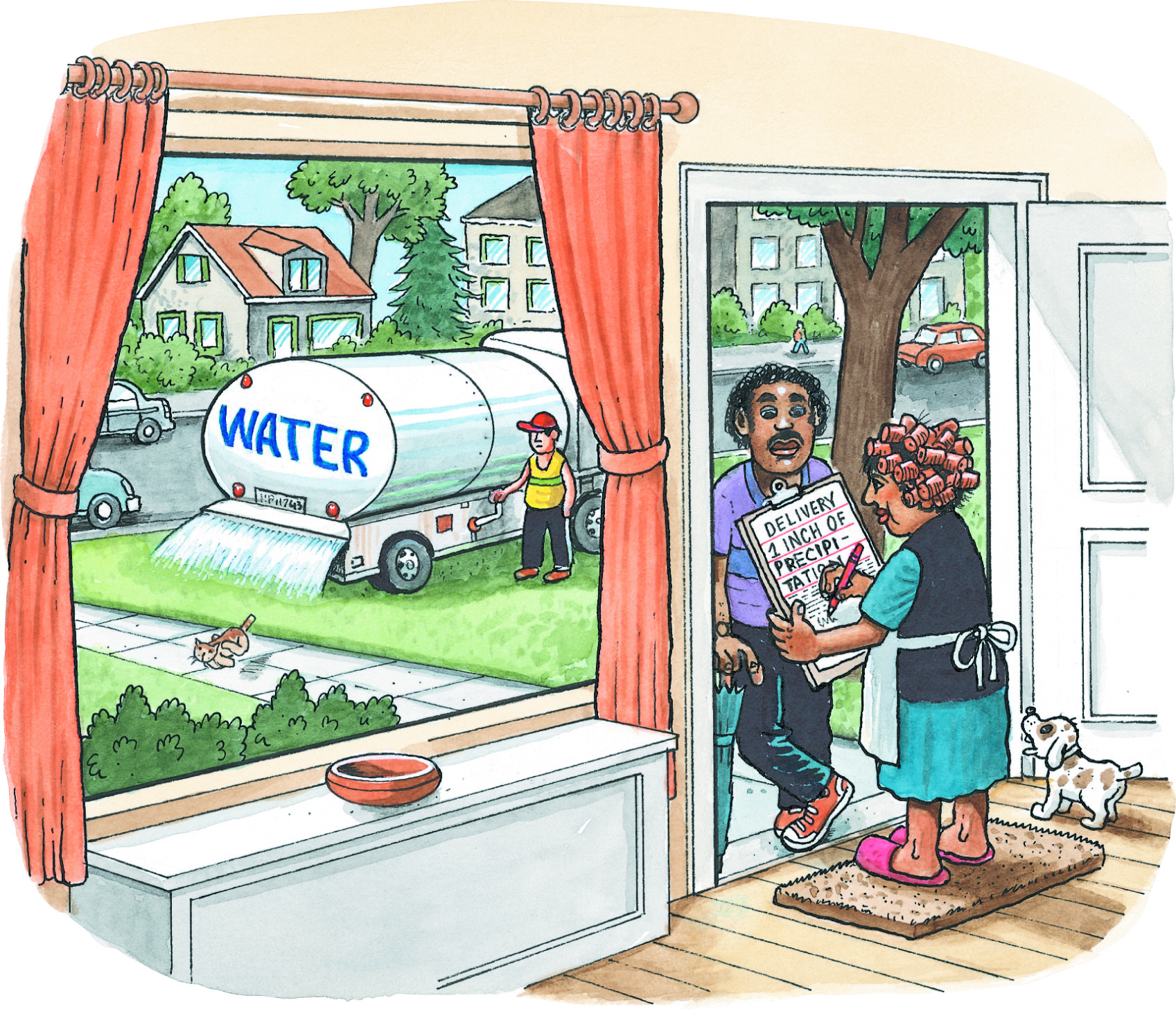
Overview
In this section you will find materials that support the implementation of EarthComm, Section 1: The Water Cycle.
Learning Outcomes
- Carry out an investigation of the amount of heat required to melt ice.
- Use a model to describe the distribution of water in the hydrosphere.
- Develop a model to illustrate the processes that move water among Earth’s water reservoirs.
- Use a quantitative model to describe the rates at which water moves between reservoirs in the water cycle.
Inquiring Further
- To calculate the change in volume when water freezes, each student will need:
- plastic milk jug with a screw-top cap and dimples on the side (small depressions in the plastic)
- measuring cup (to measure volume)
- water
- access to a freezer
- To learn more about volcanic eruptions and the water cycle, visit the following web sites:
Volcanic Gases, Woods Hole Oceanographic Institute
Describes various parts of the water cycle including gases emitted during volcanic eruptions on land and in the oceans.
Volcanic Gas, USGS
Describes the gases released by volcanic eruptions, including water.
Volcanic Gases the Water Cycle and Climate, USGS
Explains how water is introduced into the atmosphere through volcanic eruptions and is then cycled through the rest of the Earth system.
Summary of the Water Cycle, USGS
Simple summary of the water cycle including details about the origin of water on Earth.
- To learn more about dating water, visit the following web site:
Tracing and Dating Young Ground Water, USGS
Reviews the use of chlorofluorocarbons (CFCs), tritium (3H), and other chemical and isotopic substances in ground water to date water.
Resources
To learn more about this topic, visit the following web sites:
The Unusual Properties of Water
Water and Ice Module, EDinformatics
Compares the atomic structures of water and ice using text, color images, and movies.
The Water Cycle
The Hydrologic Cycle, NPS
Describes hydrologic cycle processes. Includes color images of the water cycle.
Natural Processes of Groundwater and Surface water Interaction: The Hydrologic Cycle and Interactions of Ground Water and Surface Water, USGS
Reviews the basics of the water cycle, with a focus on the movement of water between and within ground and surface water reservoirs. Includes several full color illustrations.
Surface Water
Introduction to the Clean Water Act, EPA
Reviews the Clean Water Act and threats to the nation's surface water reservoirs. Also includes a FAQ section with advice on finding more information.
Groundwater
Groundwater and Aquifers, EPA
Introduces groundwater terms used in identifying and and evaluating aquifers.
Hydrogeology, International Association of Hydrogeologists
Explains the science of hydrogeology. Links at the bottom of the page provide information and images to review groundwater as a resource, pollution threats to groundwater, and steps that can be taken to protect groundwater supplies.
Ground Water Atlas of the United States, USGS
Click on your region of the map to open a new window that contains links that summarize groundwater resources in the area and information about each of the primary aquifers in that region.
